Common practices in the profession
Generally, the dry-cleaning activity is among the businesses where the Pareto principle is applied: 80% of the turnover comes from 20% of the products.
In reality, the analysis of sales statistics of several stores shows that 80% of the turnover comes from only 6 items:
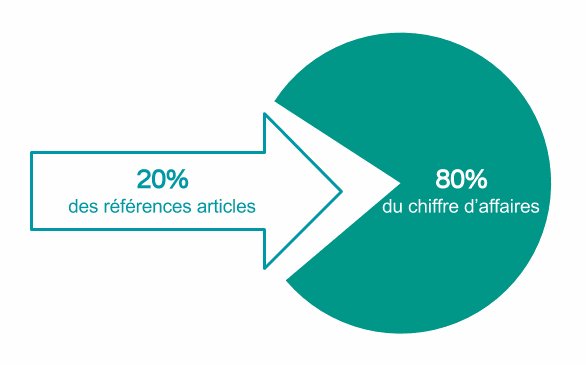
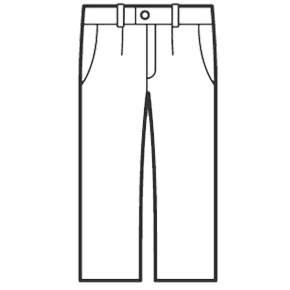
Trousers
≈30%
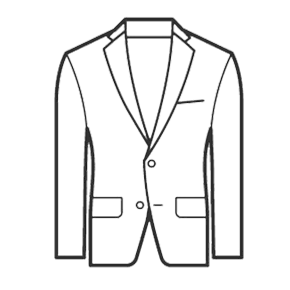
Jacket
≈22%
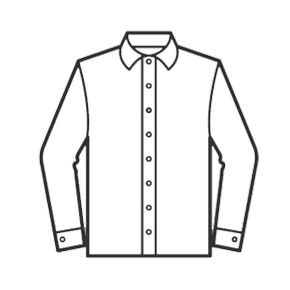
Shirt
≈21%
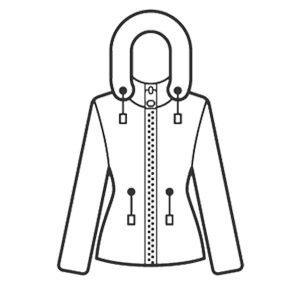
Anorak / Parka
≈7%
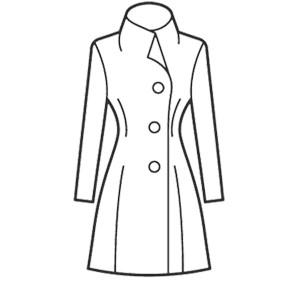
Coat
≈5,5%
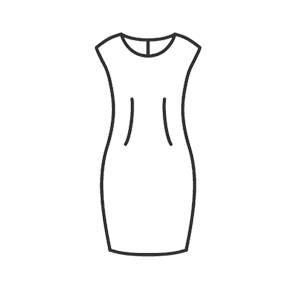
Dress
≈5%
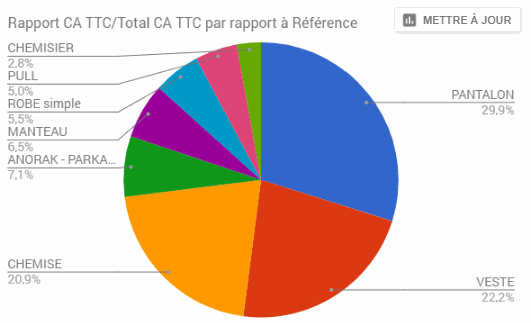
Real case study:
- 3 items bring over 10% of turnover: trousers, jacket, shirt
- 3 items bring between 5 and 10% of turnover: anorak/parka, coat, dress
- Then, few items bring between 1 and 5% of turnover: sweater, blouse, raincoat, polo shirt/tee-shirt and tie
- All the other items bring under 1% of turnover!!!
Context: operational data from around 50 stores on one year. Representative sample with downtown stores and shopping centres stores. Base of over 1.5 million items treated.
The force of habit
Why do the majority of dry-cleaning stores in France keep a complex price list?
Linen pants, silk jacket, pleated skirt, three-quarter length coat…
Possible explanations:
Indeed, the sale price is related to the price the customer is willing to pay for the clothes he drops off. This price is directly linked to the market value of these items.
The more valuable the clothes are, the higher is the price the customer is willing to pay for their care. This price is estimated at around 10% of the item market value. You may try the following experiment: take the refund scale displayed in your store and compare it to your prices.
OPTION 2 - "The true explanation"
It consists in looking back to the production practices and storage methods from the beginning of the dry-cleaning activity in the 60s. Still today, many dry-cleaners keep on practicing the same historical way (which proved its worth), without questioning their strategy.
Among these methods, the storage by item type: trousers on one side, jackets on another side, skirts elsewhere…:
- Good walking shoes to walk the several miles needed
- Details as precise as possible of the items he looks for, for example their colour
According to me, this is the true reason of this method consisting in detailing the item database as much as possible.
What are the drawbacks of a complex item database?
A customer may pay a different price for the same item from one check-out to another
Displayed prices and real sale prices will rapidly differ
Integration of new operators is more complex and tensions may appear inside the team and with the management in function of the prices charged
The more complex a price list is, the more difficult it is to find the right item
Example of an item database with:simple jacket / white jacket / linen jacket / silk jacket / three-quarter length jacket / long jacket…
How can the operator choose the right item if a customer drops off a long white silk jacket?
On the other hand, if my price list includes only: jacket / coat
Then the choice is very easy, the time spent with the customer is very brief and he doesn’t have any negative feeling due to a random price list.
My advice: always keep in mind that the only cost with a real impact on your cost price is the operator time. Anything that might make the operator loose time should be eliminated with no hesitation!
Other observation: the item average price is lower in stores with a complex price list.
This can be explained by the slides of the operator (manager or employee) who charges the lowest price most of the time.
Why should I simplify my price list?
Improve
your productivity
Optimisation of items research time
Charged prices match the displayed prices
Constant prices = decrease of customer disputes
- Easier training of incoming staff
- Time gain at the counter = Time gain in production
Improve
your image
Charged prices match the displayed prices
Same price charged at every check-out
- Time gain during drop-off also for the customer
Improve
your management
Mastered and coherent prices update
Possible and manageable analysis and statistics
Focus on laundry-type items
The duvet, an item different from the rest in the pack!
Real case study:
- The duvet represents almost 50% of the turnover.
- We then have two items between 10 and 15%: sheets and duvet covers.
- Then, five items are very close between 4% and 7%: covers, working clothes, bedspread, pillowcase, and tablecloth.
- All other items are below 3%..

A closer look at the duvets…
In order to confirm our hypothesis about the price list complexity, we studied two different scenarios focusing on the duvets. Here are the results:
Analysis on a global volume of 40,000 duvets dropped off
Case #12 duvet types / 2 prices
Average price of the synthetic duvet = 19€
Average price of the feather duvet = 23€
Result = 88% of synthetic duvet and 12% of feather duvet
Global average sale price = 20€
Case #21 duvet type / 1 price
Global average sale price = 20€
Same as in case #1
Result: same profitability and less time loss!
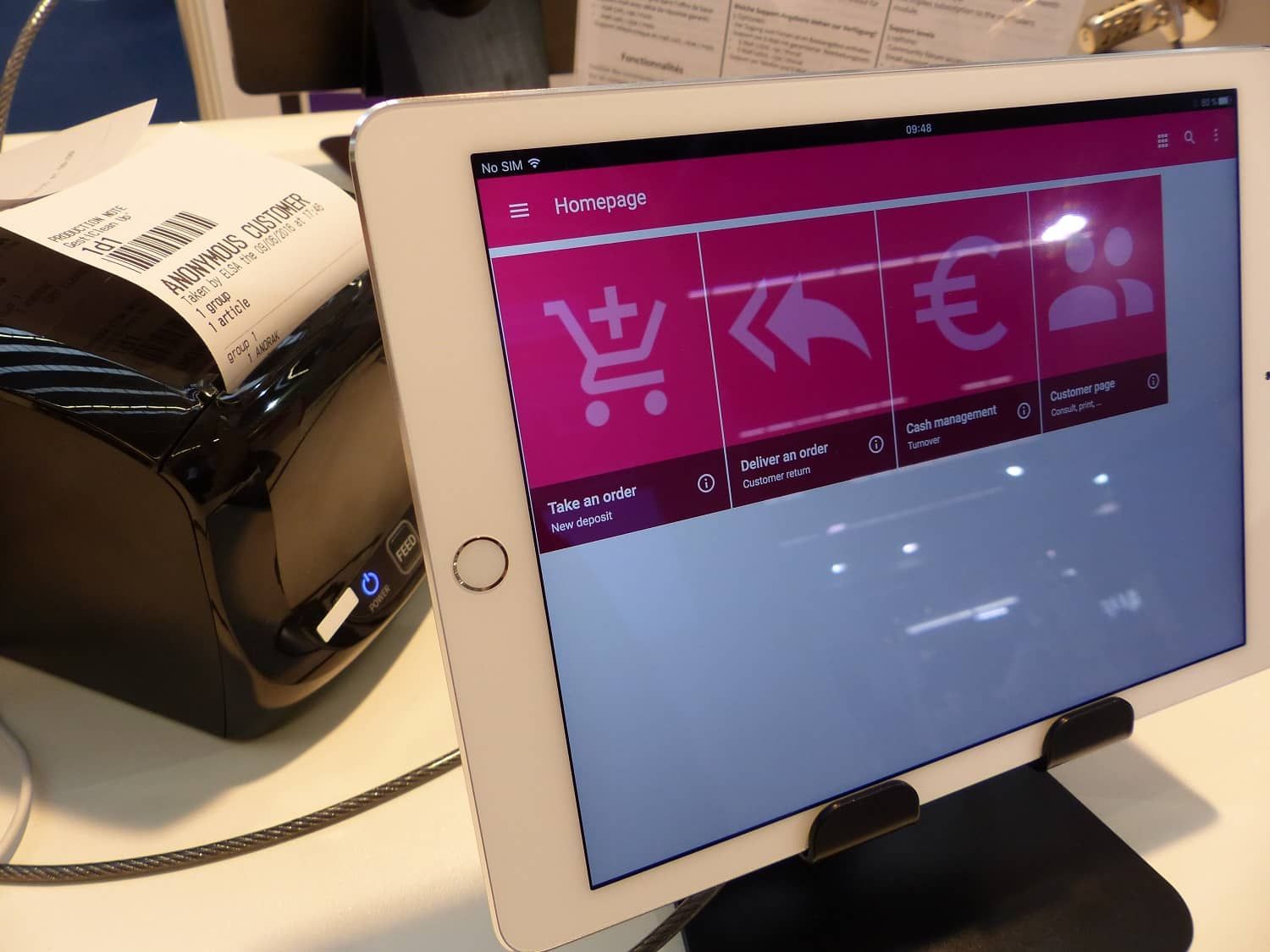
How are IT tools helpful?
- They facilitate the integration of incoming staff
Simplified and standardised use. No need to memorise the price list.
- They allow the export of statistic data
* to know the exact proportion of each item in the turnover
* to take coherent decisions concerning the price list adjustments: according to your own store, the top 6 items listed in point 1 might differ
* to simulate and target the increases according to obtained and wanted results
Let’s take the average prices of the jacket and trousers, which represent over 50% of the global turnover…
Jacket = 4.82€ / Trousers = 5.38€ > Average prices observed
When simulating a unique median price of 5.20€ for both items, we reach an estimated turnover increase of 3%, as we increase the jacket price and decrease the trousers price.
This example shows how limiting the number of prices simplifies the price list for both operators and customers, and increases the store profitability.
These estimations are only possible after the analysis of detailed statistics. They allow to adjust the sales prices according to real numerical targets.
It’s up to you! What are you waiting to simplify your life and increase your profitability?
Author: Pascal Berardozzi, Consultant /Master Dyer
Are my items and services well defined?